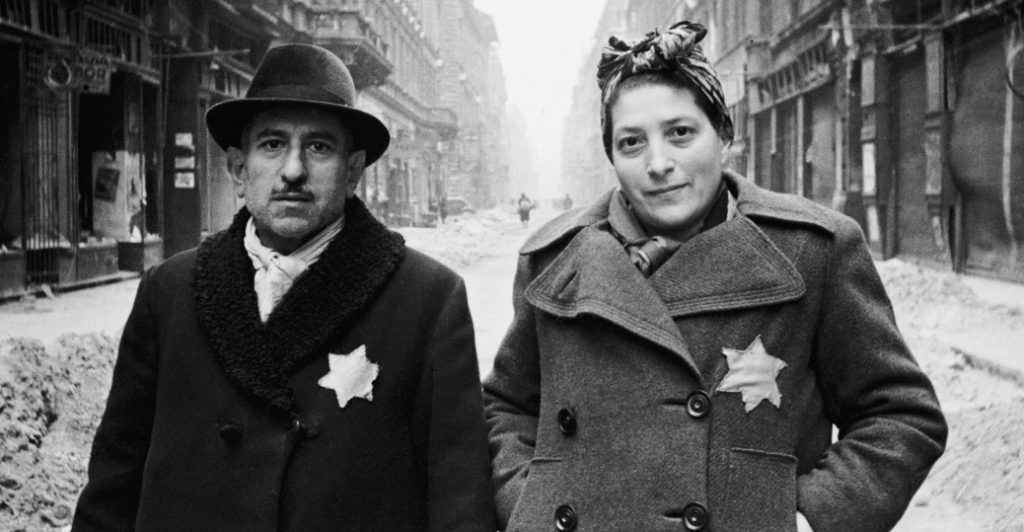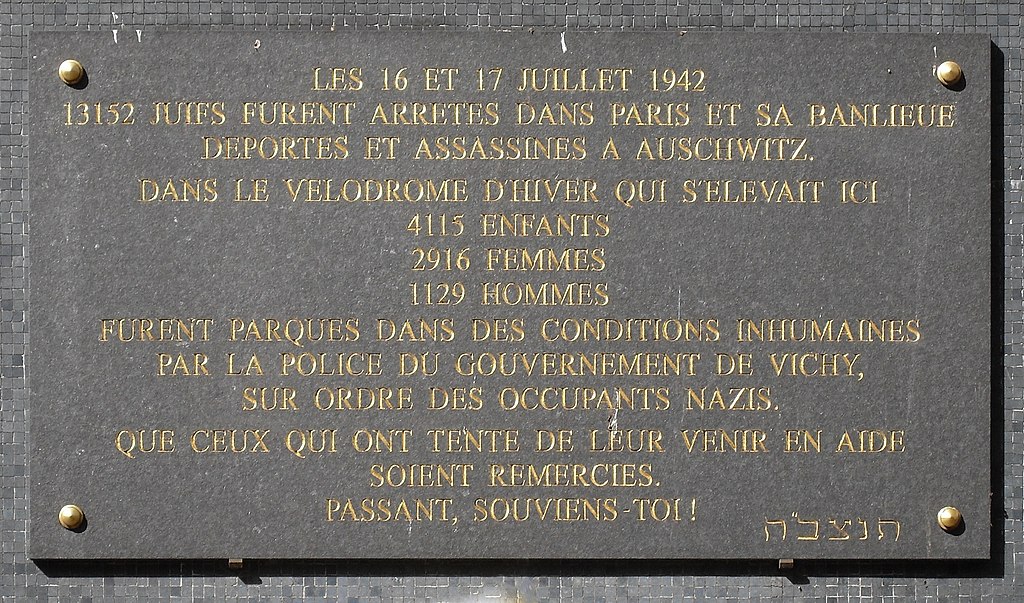Module 2: Gender and Sexuality
1.2 Gendered Bodies

In this section, we will focus on the intersections of gender, sexuality, and the body, particularly in terms of 1) Gendered Expectations and the body, and 2) the ways in which bodies are strategically sexed and stripped of gender in this history.
Dr. Butler highlights how gendered expectations shaped how individuals were targeted and how they responded by turning to the case study of the experience of Jews who were rounded up in Paris in 1942 and held at the Vel d’Hiv. Turning to the ways in which the body is both sexed and stripped of gender, she reflects on the ways our sense of human dignity—and gender—is tightly bound to our experience of our own bodies. During the Holocaust, the fate of individuals often depended on gender. In camps, prisoners were selected and processed according to gender. Victims were intentionally dehumanized not only through starvation and gross indignities, but also through significantly gendered acts of violation. Finally, Dr. Butler considers the figure of Muselmänner to reflect on how the stripping of gender signals a stripping of humanity.
Gender and the Vel D’Hiv
Oral History: Léon Fellmann
Listen to Léon Fellmann’s oral history as he recalls the conditions inside the Vélodrome d’Hiver.

Léon Fellman and The Vel d’Hiv

Reflection Questions:
- What did his mother’s unstitching the Jewish star mean to Léon? Why did he emphasize this?
- How do gender norms shape what happens to Léon, his mother, and the other children?
Oral History: Betty Cohen
As you continue to think about the intersections of gender and sexuality, consider the testimony of Betty Cohen, who speaks about her relationships with her family and her husband in the context of their linked Holocaust experiences. She speaks in the third person about the experimental surgical sterilization of Jewish women in Block 10 at Auschwitz. From other testimony, we know that Betty was herself painfully experimented on four times. The sterilization experiments were unsuccessful and she bore two children after the war. Her story is a gendered story but it is also an embodied heterosexual story. As you listen for gender, note how gender is key to understanding her history and the social relations that inform her experiences, even when she isn’t explicitly highlighting gender.
Say I Love You: The Story of Betty Cohen from Holocaust Museum LA on Vimeo.
Reflection Questions:
- Betty tells her story emphasizing what is important to her. While this is an edited clip, it is edited based on her narrative. From what she discusses and how she speaks, what is important to her as a survivor?
- How does the body become the site of trauma in Betty’s story? How is it particularly gendered in her story?

